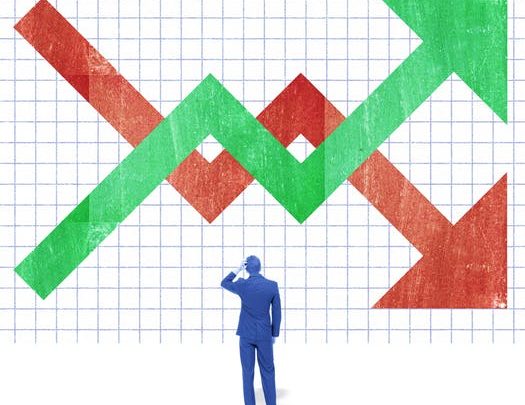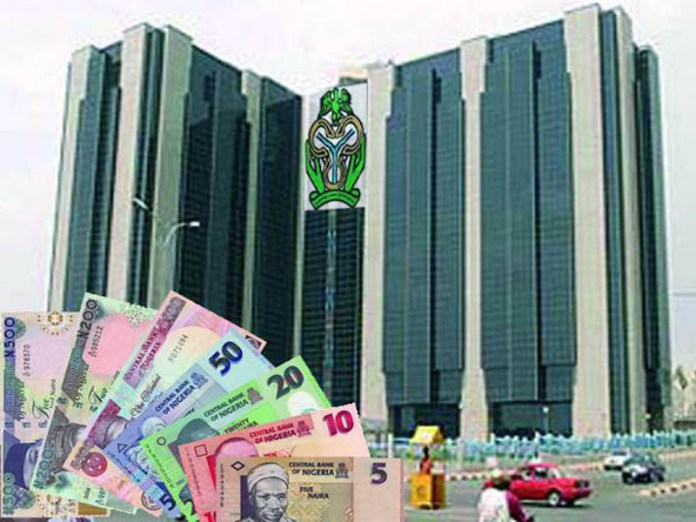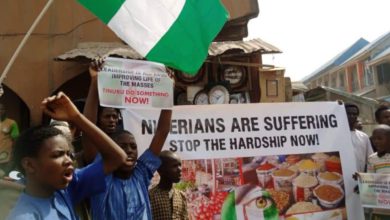

The monetary policy committee (MPC) of Nigeria’s apex bank during her 3rd quarter meeting in the month of july maintained the minimum rediscount rate at 13.50%. The same rate which was set in the second quarter. The Monetary policy committee headed by the central bank governor seems to be aiming towards stabilizing the lending rate of many many business investors and organisations.
The inter-bank call rate is currently pegged at 8.38% this is aimed at letting large financial institutions, such as banks, mutual funds and corporations, to borrow and lend money with ease.
Domestically, Nigeria output growth in 2019 is expected to remain weak, peaking at 2.27 per cent, while inflation is projected at 11.37 per cent by the CBN staff projections by end-2019. The underlying arguments in favour of this forecast include: favourable oil prices; stable exchange rate; moderate inflationary pressures; enhanced flow of credit to the private sector; sustained CBN interventions in the real sector; effective implementation of the Economic Recovery and Growth Plan (ERGP); building fiscal buffers; and improved security in the food producing areas of the country.
In consideration of the specific policy options to adopt; to hold, loosen or tighten, the MPC made the following observations: (i) Whilst the focus on growth was imperative, the mandate of price stability remains sacrosanct; (ii) Given the happenings in the external sector and the fact that inflation is moderating, tightening of monetary policy should not be an option at this time, as restriction of the capacity of the DMBs to create money could curtail their credit creation capabilities.
On the contrary, the Monetary Policy Committee (MPC) was of the view that, whilst loosening could increase money supply, stimulate aggregate demand and strengthen domestic production, the economy could be awash with liquidity especially if loosening drives growth in consumer credit without commensurate adjustment in aggregate output.
On holding the current monetary policy position, the Monetary Policy Committee (MPC) observed that given the recent actions of the Bank’s management involving the prescription of minimum lending thresholds by the deposit money banks to our Deposit Money Banks (DMBs), it is safe to assume that this action, targeted at stimulating credit growth to the real sector would increase credit delivery to the real sector and accelerate investment and economic growth. It also observed that since interest rates were currently trending downwards, it is safer to await the full impact of these policy actions on the economy before a review of the position of monetary policy.
The treasury bill rate is 10.14, 3.93 is the savings deposit rate, the prime lending rate is 15.80 and the prime lending rate is 31.04. The bank’s governor Godwin Emefiele said at a press conference he is not in a hurry to bring interest rates down, but will start reviewing bank’s loan to deposit ratio after September 30th aiming at increase lending and stimulate growth. Interest Rate in Nigeria averaged 11.05 percent from 2007 until 2019, reaching an all time high of 14 percent in July of 2016 and a record low of 6 percent in July of 2009.



